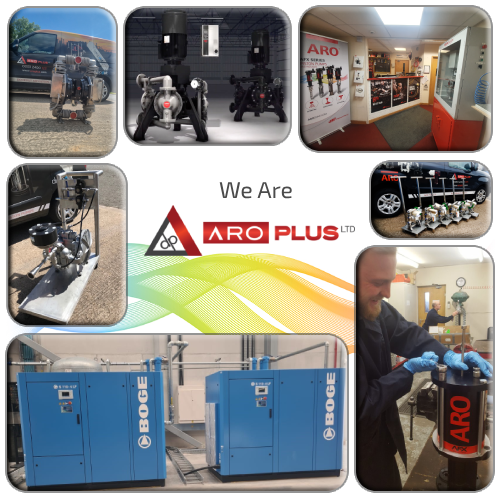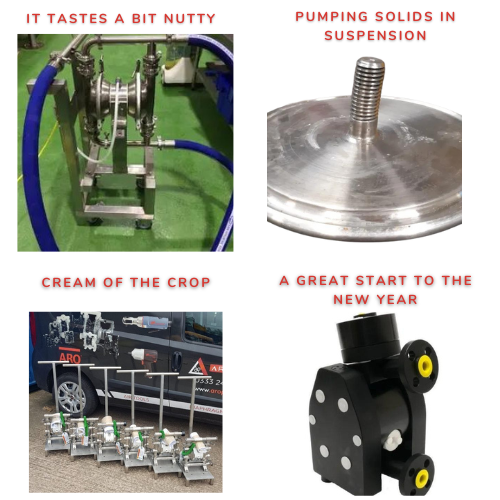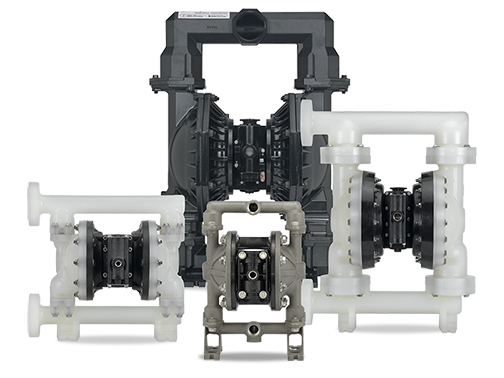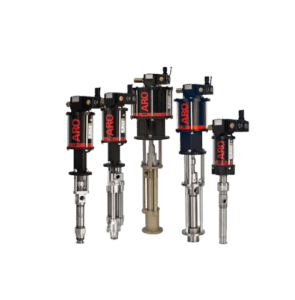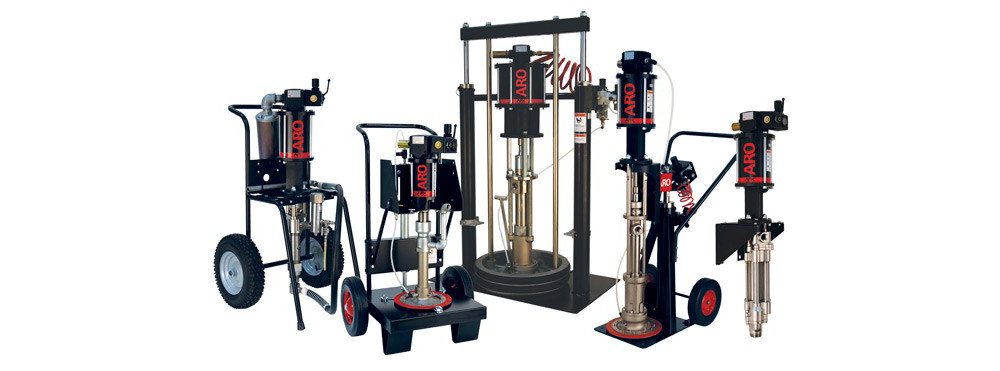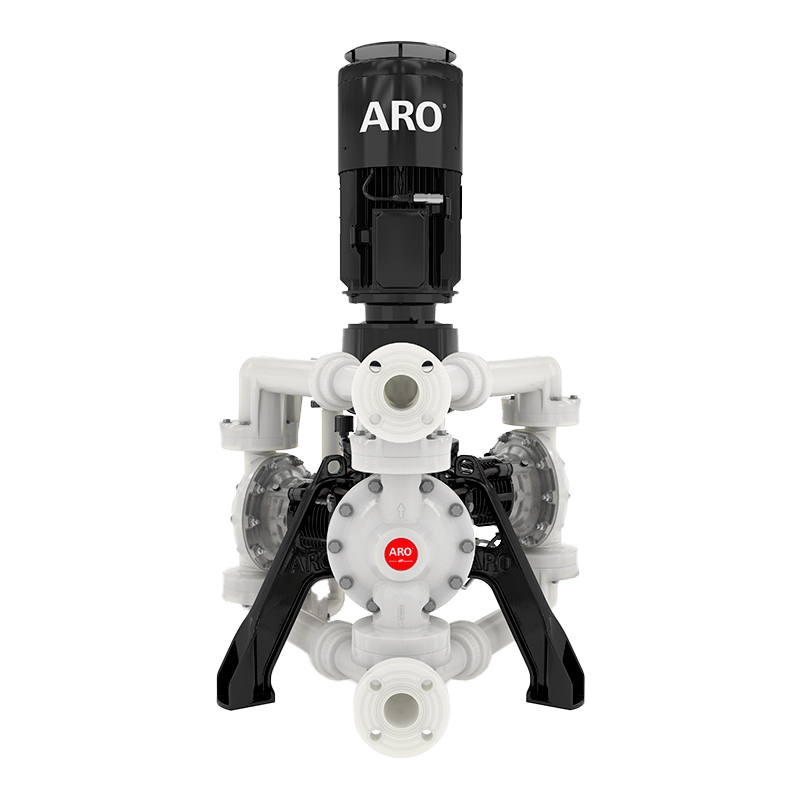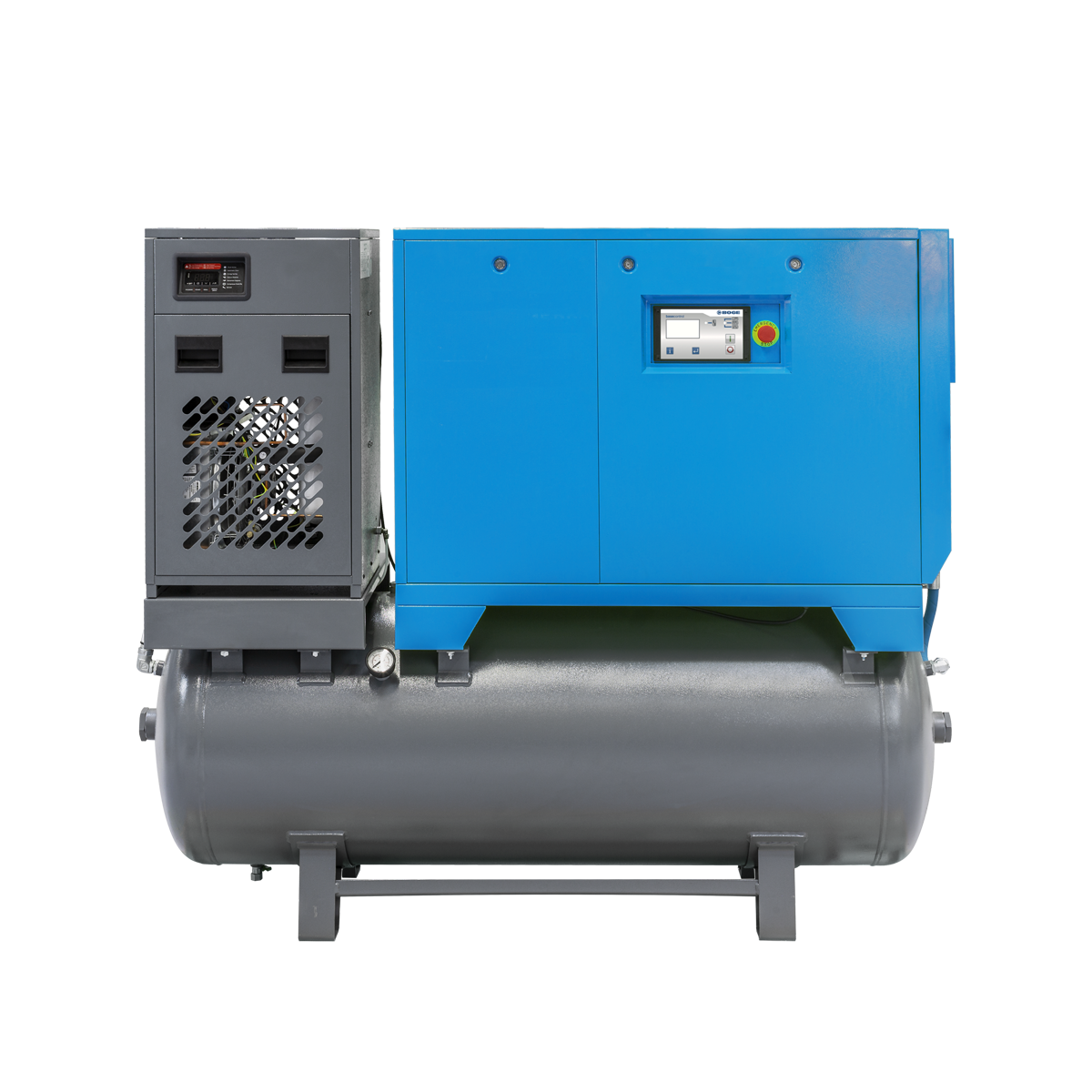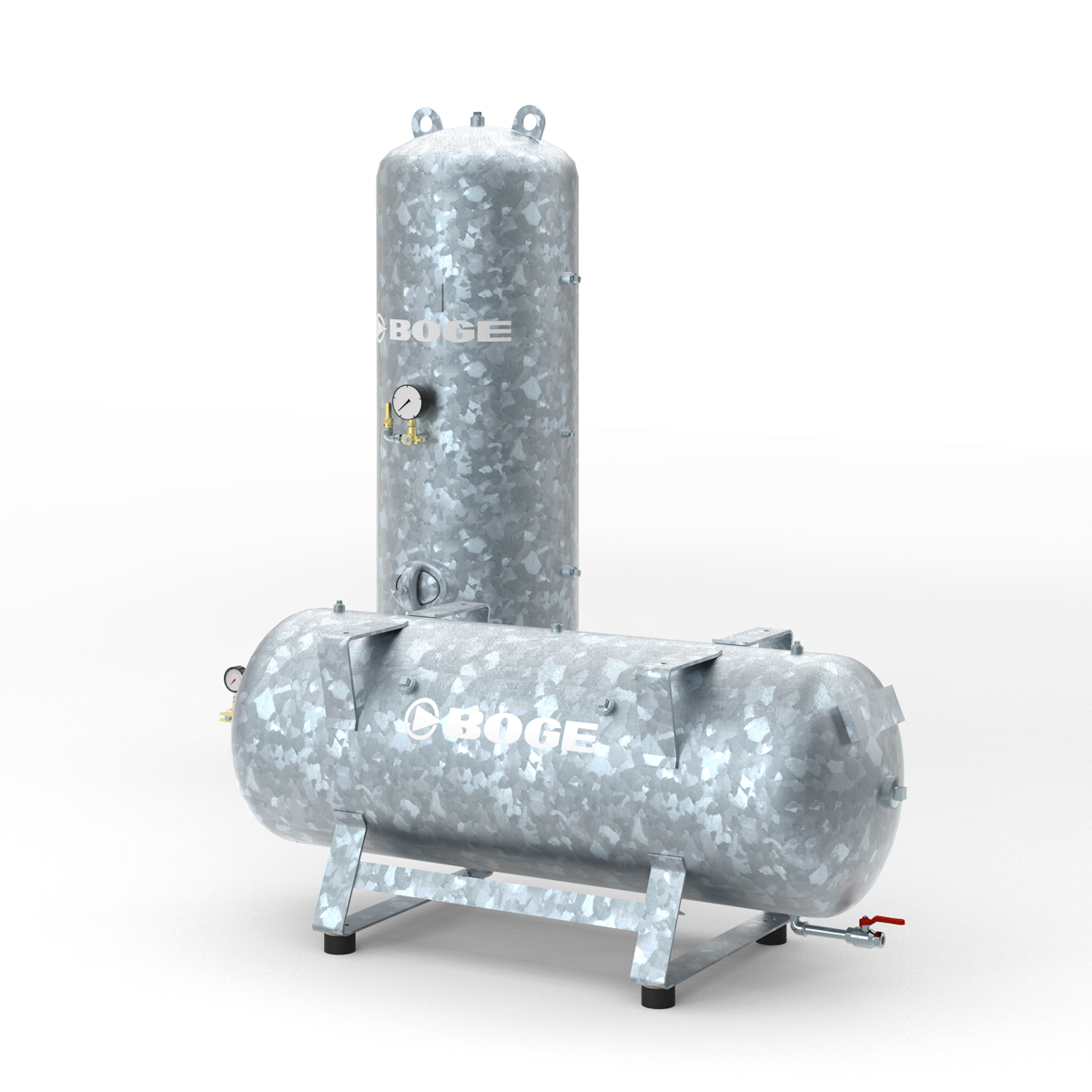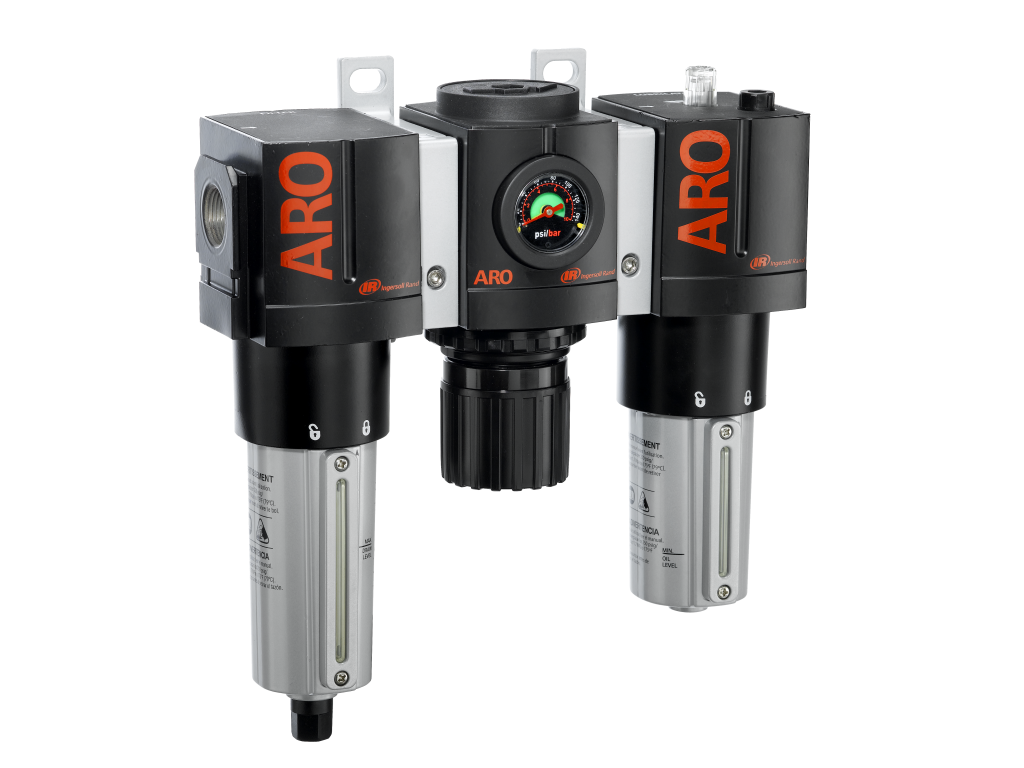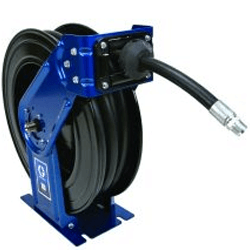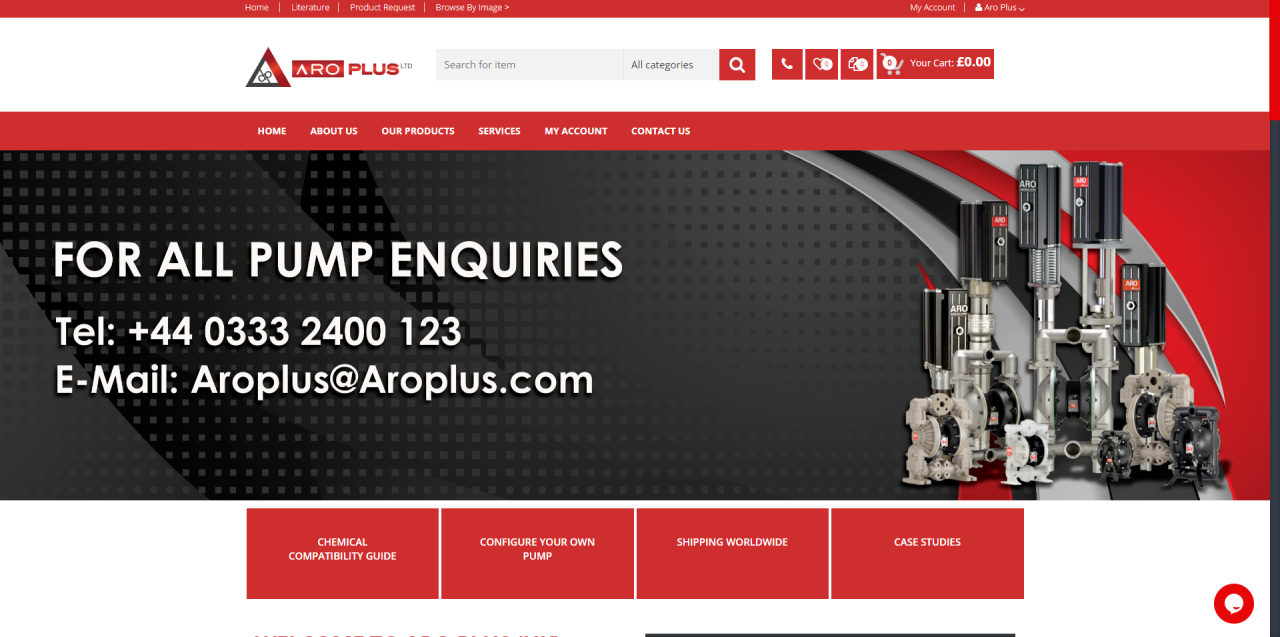Business, Compressors
How to Select the Correct Air Compressor for Your Needs

How to select the correct air compressor
Finding the perfect air compressor doesn’t have to be complicated. Whether you’re a DIY enthusiast or professional contractor, this guide will help you navigate the options and select the correct air compressor to your specific requirements.
Understand Your Intended Applications
List Your Main Uses
Define whether you’ll be inflating tires, painting, operating power tools, or other specific applications to narrow down your requirements.
Consider Location
Determine if your compressor will remain stationary in a workshop or need mobility for jobsite use, affecting size and portability needs.
Assess Tool Requirements
Identify whether you’ll use light, medium, or heavy-duty air tools as this directly impacts the compressor specifications you’ll need.
Know the Main Types of Air Compressors
Jobsite Compressors
Portable units with 1-20 gallon tanks. Ideal for nail guns, tire inflation, and mobile work. Perfect for contractors who need to move between locations or homeowners with limited storage space.
Workshop Compressors
Stationary models with 20+ gallon tanks designed for longer tool operation and spray painting. Best for dedicated workshops where consistent, higher-volume air supply is needed.
Gas-Powered Compressors
Self-contained units perfect for remote locations without electrical access. Ideal for construction sites, field work, or rural locations where power sources are limited.
Determine Your Required Airflow (CFM)


Choose Proper Pressure (PSI) and Power (HP)
Size the compressor tank correctly

Small tanks (1-6 gallons) work for brief, intermittent uses like brad nailers and tire inflation. Medium tanks (8-20 gallons) support larger nailers and moderate spray painting with fewer refill cycles. Large tanks (20-60+ gallons) are essential for sanders, grinders, continuous operation, and multiple users.
Evaluate Additional Features and Needs
Portability
Look for wheels, handles, and lightweight design if you need to move your compressor frequently between locations
Power Source
Select between standard electrical outlets, 240V connections, or gas engines based on your available infrastructure

Noise Level
Consider low-decibel models for indoor spaces, residential areas, or environments where noise disruption is a concern
Maintenance
Choose oil-free models for minimal upkeep or oil-lubricated for longer lifespan during heavy use


